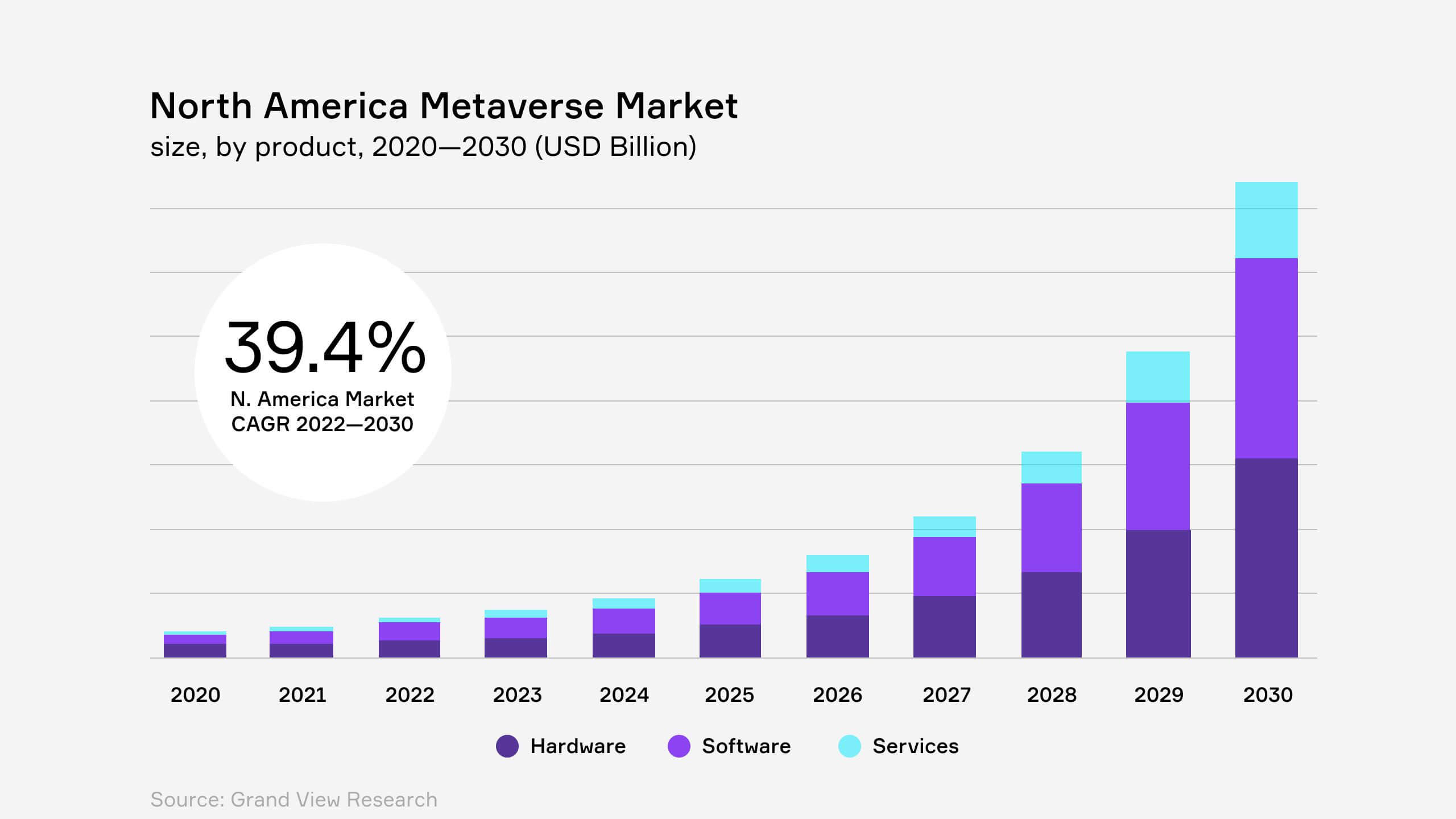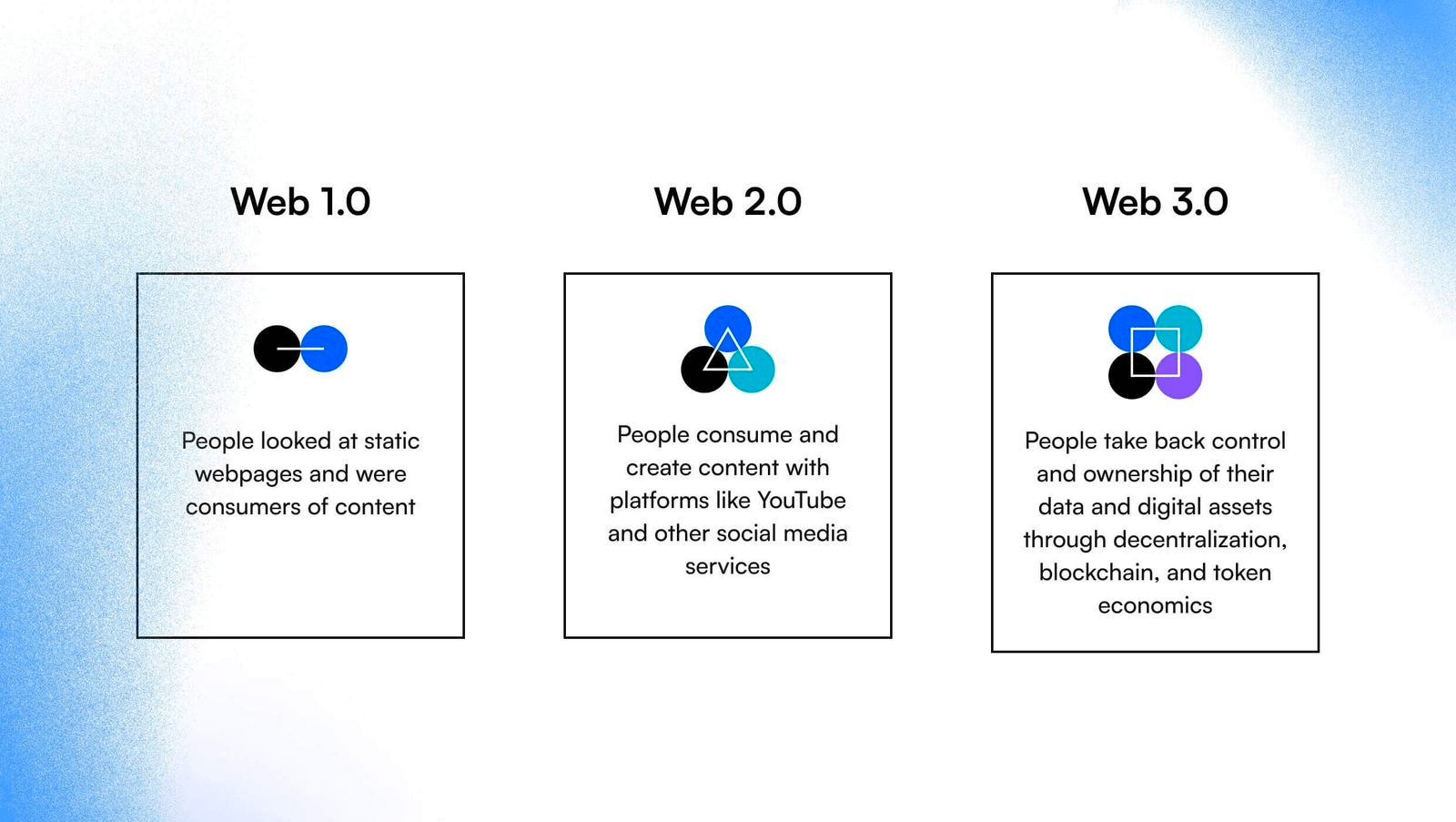What Project Managers Should Know about Metaverse

Over the past few years, there has been a lot of hype around the concepts of the metaverse. While some people may think that this is just a fad, it’s important to understand what makes this new technology special. This article will provide you with some background information on the metaverse as well as how project managers can start thinking about the metaverse, Web3 and virtual reality to their advantage.
A Little History on the Metaverse
The term “metaverse” was coined by Neal Stephenson in his 1992 novel Snow Crash, a story about how people can interact with online avatars. But it wasn’t until 2009 that the concept really gained traction when the Second Life virtual world launched and became one of the first successful examples of metaverse technology. Since then, the metaverse has been defined as a whole new world, consisting of all immersive experiences and content made possible through the Internet.
Today, a growing number of tech companies like Meta, Apple, Samsung and Microsoft experiment with blockchain, AR/VR and artificial intelligence technologies to create new digital experiences for their employees, customers and vendors.
The North America metaverse market is expected to grow by 40% within the next 8 years. In that time, the total value of this market will be valued at nearly $670 billion, according to grandviewresearch.com’s Market Analysis Report 2022.

Image source: sensoriumxr.com
These numbers are quite staggering, and it’s no surprise that many entrepreneurs and companies want to be involved in this space. However, as with any new technology, there is still a lot to understand about the metaverse and Web3, in general.
So What Is the Metaverse?
In simple terms, Metaverse is a virtual space in which people can meet and interact with each other through their connected devices, regardless of the location in the world. It is a virtual reality environment where you can experience almost infinite possibilities, which is different from the physical world.
Thanks to the blockchain-based technology infrastructure, the metaverse provides a decentralized virtual environment where smart contracts are possible and users can create their own custom tokens (or NFTs, non-fungible tokens), or choose from a set of tokens that already exist and already feature customized rules of operation.
With the help of smart contract writing, the metaverse allows us to create a new VR economic ecosystem where users can operate and interact with blockchain-based virtual objects. In the future, the metaverse may also be used to transfer tangible assets in real time.
Metaverse Features: Digital Identity and Digital Assets
The metaverse offers two major features: digital identity and digital assets.
1. Digital Identity: Person Identification Profiles or Avatars
Digital identity is a well-known concept that has been around since the Internet came to life in the 90’s. It’s basically an online avatar or profile that can help you identify yourself and connect with other people on the web.
You could think of it as your personal representation on a social network like Facebook or Twitter, but the metaverse takes it one step further by allowing you to create your own customized labels for yourself (such as “CEO” if you were a company’s business leader, or “Warrior” if you took a fighting-class role in a VR game). This makes it easier than ever before to showcase yourself professionally without having to worry about being impersonated by someone else who might try to use your image for their own gain.
2. Digital Assets: NFTs
Digital assets is a brand new concept that you may not have heard of before. It’s basically a way for you to store objects and other data on the blockchain-backed infrastructure.
This is useful because it allows you to create an unlimited number of “digital assets” that can represent anything from a piece of art or music, to real estate or stocks. When someone purchases one of these assets from you, they’ll receive a certificate which proves its authenticity and value—and they’ll be able to keep this certificate safe in the event that it ever gets lost.
NFTs (non-fungible tokens) are unique digital assets that can be traded from one person to another. They are similar to baseball cards because they have unique traits and characteristics—even if two people share the same NFT like player cards from different sets, each individual card will still have its own unique identity.

Source: jpmorgan.com. “Opportunities in the metaverse”
Decentralized Web 3.0
Until recently, the web was still mostly about putting online things onto pages for users to create, browse and share. We know it as:
- Web 1.0 — we look at and consume content at static pages, and
- Web 2.0 — we create and share content through social platforms like YouTube and Facebook.
With the web emerging as a new platform, we are now entering the Web 3.0 era. This third iteration of the web will allow users to store and access information in a decentralized and independent manner, using open protocols and standards, rather than being controlled by centralized service providers like Amazon or Google.

Image source: dock.io
Now, the web is being reinvented as a decentralized database of data made possible by blockchain technology (or distributed ledger technology). The metaverse is being developed as a part of “Web 3.0” (or Web3) and blockchain to ensure that there will be no central point in the new Internet, but instead, all things will be shared fairly and with transparency. Change is inevitable and so is innovation – without it, technology will not advance.
5 Things to Know about the Metaverse
#1. The metaverse is more than virtual reality
While the concepts of virtual reality, augmented reality and mixed reality have been around since the beginning of the 20th century, we are just now starting to see them become a part of everyday life.
The metaverse is going to be so immersive that it will blur the line between the real world, augmented reality and virtual reality. It will allow users to create their own worlds using AR/VR and AI technology.
#2. The metaverse will resolve many of our social issues
Virtual worlds provide us with a way to escape reality and interact with others in ways we can’t do in real life, which is why they are often associated with escapism and even addiction. While the metaverse may be a highly addictive experience, there are always opportunities to collaborate and make meaningful connections through our interactions within the metaverse.
#3. Project management in the metaverse
While metaverse technology isn’t quite there yet, we can expect it to quickly grow and transform into an important tool for project managers. Combining virtual reality with Augmented Reality technologies can create incredible experiences for people who are working on projects. In the future, project managers will be able to create a virtual office environment where their employees can connect and collaborate on tasks in real-time.
#4. The metaverse and the Internet of Things
The Internet of Things (IoT) will continue to be a major part of the metaverse. Much of our daily lives are tied to our devices on the Internet, whether it’s vision-based navigation in places like Google Maps, or how we communicate via social messaging platforms like WhatsApp.
The metaverse is going to be a critical part of this future connected world as we use smart objects “connected” to the Web3 and IoT worldwide. This will change how technology integrates into our daily lives.
#5. The metaverse isn’t about technology
The metaverse is about people and how they connect to each other. When we think of blending the physical and virtual worlds, it’s important to understand that motivation for these new technologies.
The metaverse is going to change our perspectives, but only if we give it time. No technology is perfect in the beginning and it will take us some time to figure out what works best for our individual needs.
Your career as a project manager will be better off if you learn how to adapt to new technologies, such as blockchain and NFTs
As a project manager, one of your most important duties is to be able to adapt quickly to new technologies. Blockchain and NFTs are just two examples of the many emerging technologies that have changed the way businesses manage their projects. But what does this mean for you as a project manager?
As more companies start adopting blockchain technology, they will begin using it in all areas of their business—including operations management, sales, marketing, and HR. It will take time before these systems are fully integrated into your daily workflow; however, it’s important that you start learning about them now so you can prepare yourself for future changes.
If you’re looking for an example of how blockchain in a business project management setting, take a look at how it’s being used to track diamond trading. Diamond traders often have to deal with fraud and theft, which can make it difficult for them to trust each other. By sharing information about the diamonds they buy and sell on blockchain, however, they are able to verify that their partner isn’t trying to scam them—which helps both companies avoid costly lawsuits down the road.
Blockchain technology is still relatively new, so many companies are still learning how to use it effectively. However, as more companies adopt blockchain into their daily operations—and as more people learn about how it works—they will begin using it in all areas of their business—including operations management and HR.
Think of ways your projects can benefit from using metaverse assets
Let’s take a look at some ways that NFTs can be used in project management:
- To keep track of project progress. You can set milestones for each NFT, and the smart contract will automatically update them when they’re met.
- To issue rewards for good performance. If someone on your team does something well, you can reward them by issuing more tokens to their account.
- To know who is working hard. Let’s say you have a difficult project with a lot of tasks, and there isn’t much budget left over to reward people for good work. You can issue tokens to their account that deduct from their balance, but only if they complete a certain number of tasks in a week.
- To track investment projects. You can use NFTs as security for your investments in traditional currency. Every time there’s a profit, you’ll have tokens issued to your account instead of regular currency.
- For team communication. If two project members are on different continents, they can send each other messages and chat with one another on the platform without going through traditional messaging services like Zoom or Slack.
- To allow teams to co-create projects. Using the metaverse tools and system, it’s simple to create an account and add your team to the system as a group. This makes rolling out new features much easier.
Conclusion
The metaverse is an exciting new world that is being imagined and built out by a growing community. It’s important to understand why this technology is being developed and how it could ultimately impact your professional life as a project manager. As more applications are developed with blockchain and NFTs, it’ll become easier for us to see how the metaverse will change our future.











